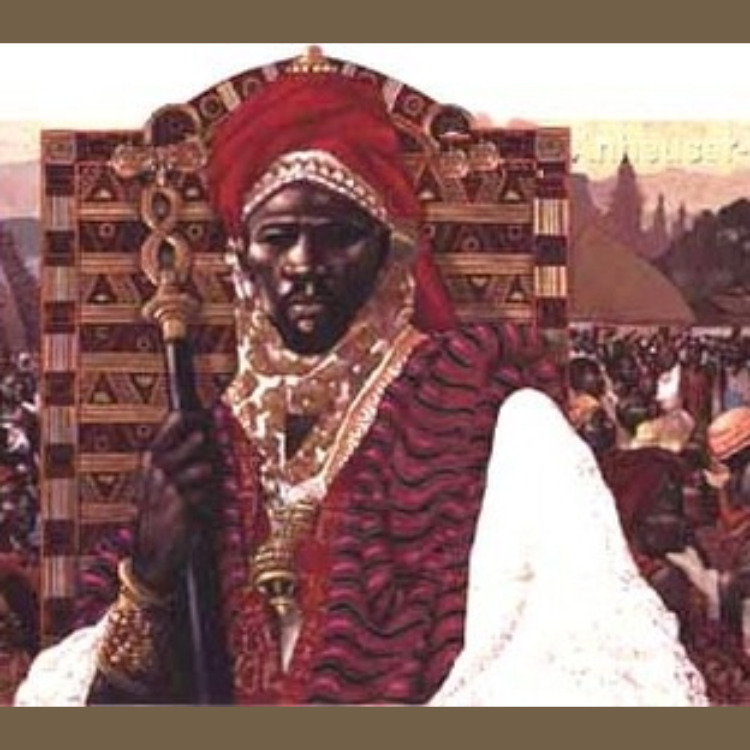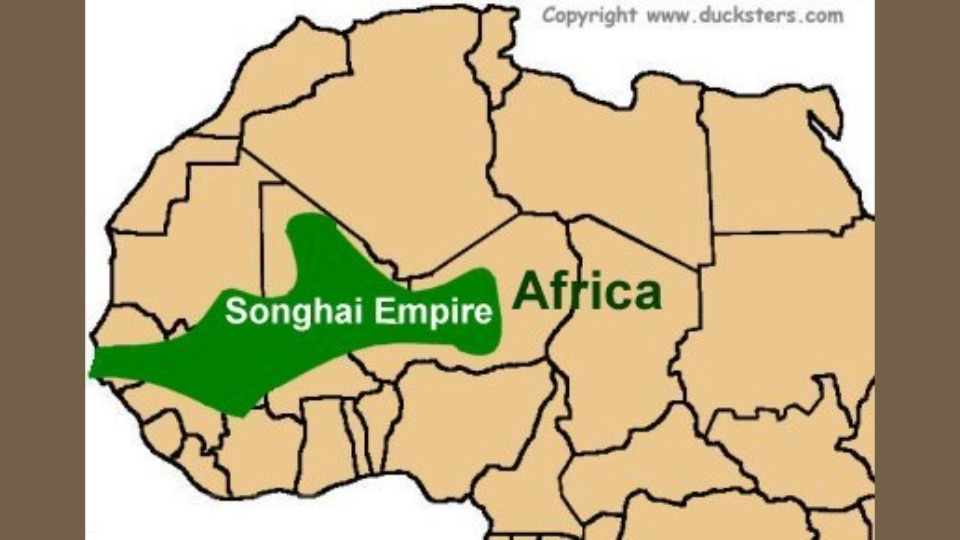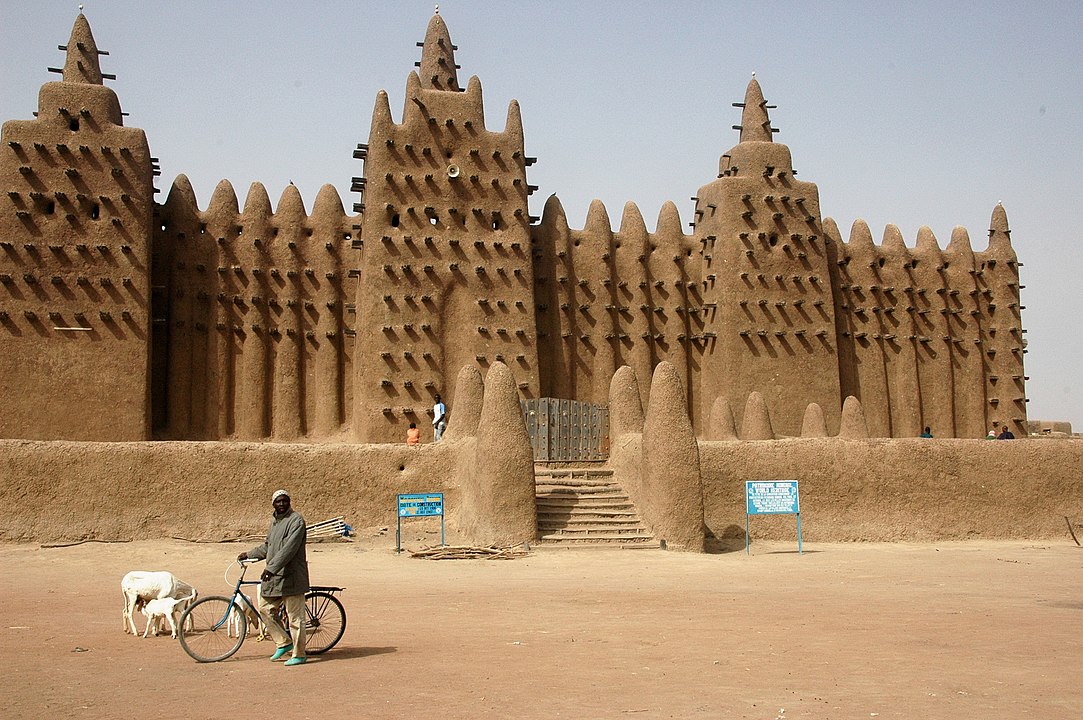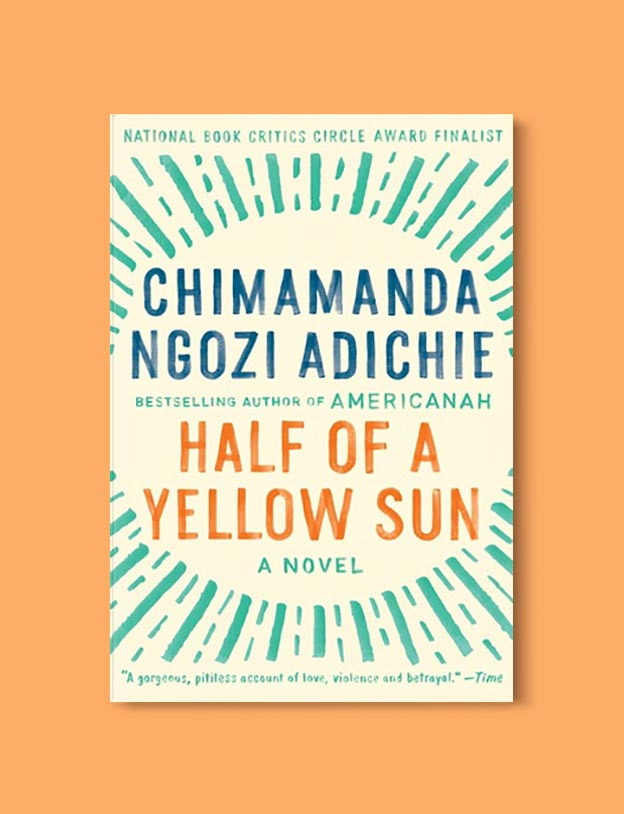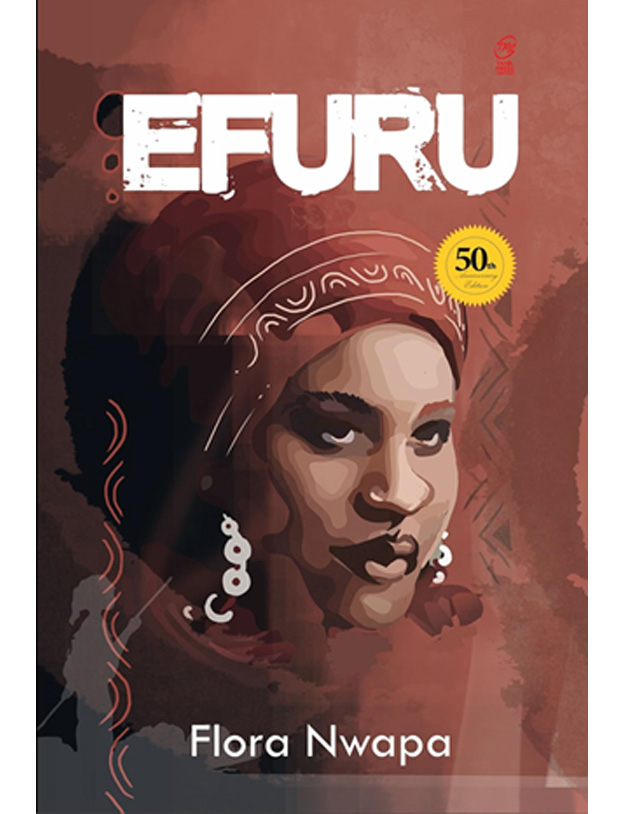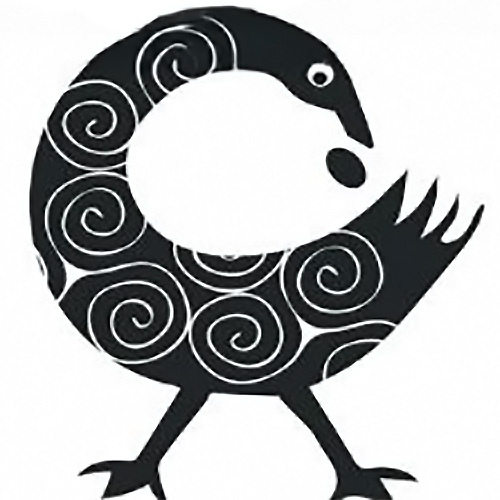Songhai Empire: Military, Governance, and Culture
Spanning roughly from the mid-15th to the late-16th century, the Songhai Empire rose to prominence in the western Sahel by eclipsing its predecessor, the Mali Empire. Centered on the Niger River city of Gao, Songhai leveraged military innovation, administrative reform, and vibrant trade networks to become one of Africa’s largest precolonial states. Under transformative rulers like Sonni Ali and Askia Muhammad, the empire blended indigenous traditions with Islamic scholarship, leaving a lasting legacy across West Africa. This is another entry in our Kingdoms and Empires series that goes over the Songhai Empire.
Sunni Ali’s Military Conquests and River-Boat Campaigns
Sonni Ali Ber (reigned 1464–1492) transformed Songhai from a regional kingdom into a sprawling empire through relentless military campaigns. He conquered Timbuktu in 1468 and Djenné in 1475, securing control over key trans-Saharan trade hubs. His forces combined a formidable cavalry with a pioneering riverine navy—nicknamed the “Masters of the Water”—that patrolled the Niger River and cut off enemy supply lines. Known for both ruthless tactics against resistant foes and strategic incorporation of conquered soldiers into his army, Sonni Ali waged over thirty successful wars, carving out a territory that stretched from the Atlantic coast to modern Niger.
Askia Muhammad’s Centralization and Fiscal Reforms
In 1493, Muhammad Ture—later titled Askia the Great—usurped Sonni Ali’s son to inaugurate the Askia dynasty, ushering in an era of administrative sophistication. He organized the empire into provinces overseen by appointed governors, implemented a standardized tribute and tax register, and introduced Muslim legal courts (qadis) to adjudicate disputes. His famous pilgrimage to Mecca not only reinforced Islamic legitimacy but also established diplomatic ties with North African and Middle Eastern powers. By professionalizing the civil service and fiscal institutions, Askia Muhammad centralized authority and boosted state revenues, enabling expanded patronage of learning and the arts.
Urban Centers: Gao, Djenné, and Trans-Saharan Hubs
Gao, the imperial capital, sat astride the Niger bend as a fortified city of markets, granaries, and royal palaces. Timbuktu and Djenné served as commercial linchpins where gold, salt, kola nuts, and exotic goods exchanged hands between sub-Saharan caravans and Mediterranean merchants. These cities flourished with caravanserais, boat landings, and riverside docks that funneled wealth into the empire’s coffers. Beyond trade, urban life blended African and Islamic customs: bustling souks coexisted alongside mosques and Quranic schools, making Songhai’s cities both economic engines and cultural crossroads.
Islamic Scholarship, Trade Guilds, and Architectural Patronage
Under Askia Muhammad’s patronage, Timbuktu’s Sankore Madrasah grew into a world-renowned center of learning, drawing scholars from Egypt, Morocco, and beyond to transcribe thousands of manuscripts. Local trade guilds for leatherworkers, metalworkers, and weavers regulated craftsmanship, ensuring consistent quality and fostering artisan innovation. The empire’s wealth financed mud-brick mosques—such as the famous Djenné Mosque—and royal libraries, which became symbols of Songhai’s intellectual prestige. This synergy of commerce, religion, and the arts cemented the empire’s reputation as a hub of African-Islamic civilization.
Moroccan Invasion and the Empire’s Fragmentation
Following Askia Daoud’s relatively peaceful reign (1549–1582), dynastic disputes and weakened central control rendered Songhai vulnerable. In 1590, Sultan Ahmad al-Mansur of Morocco dispatched an army equipped with arquebuses and cannons to seize control of trans-Saharan trade routes. At the Battle of Tondibi in 1591, Moroccan firearms decimated Songhai’s traditional forces, leading to the occupation of Gao and Timbuktu. The empire splintered into rump states and never recovered its former cohesion, marking the end of West Africa’s greatest medieval polity.
Parting Thoughts
Through the military genius of Sonni Ali and the administrative reforms of Askia Muhammad, the Songhai Empire achieved extraordinary political and cultural heights. Its dynamic urban centers, scholarly institutions, and trade networks shaped centuries of West African history. Even in decline, Songhai’s legacy endured, influencing successive empires and modern conceptions of African statecraft.
Sources
- Songhai empire | History, Facts, Map, & Fall – Britannica: https://www.britannica.com/place/Songhai-empire
- Songhai Empire – Wikipedia: https://en.wikipedia.org/wiki/Songhai_Empire
- Songhai Empire – World History Encyclopedia: https://www.worldhistory.org/Songhai_Empire/
- Songhai Empire – History, Accomplishments & Major Facts – World History Edu: https://worldhistoryedu.com/songhai-empire-history-and-major-facts/
latest video
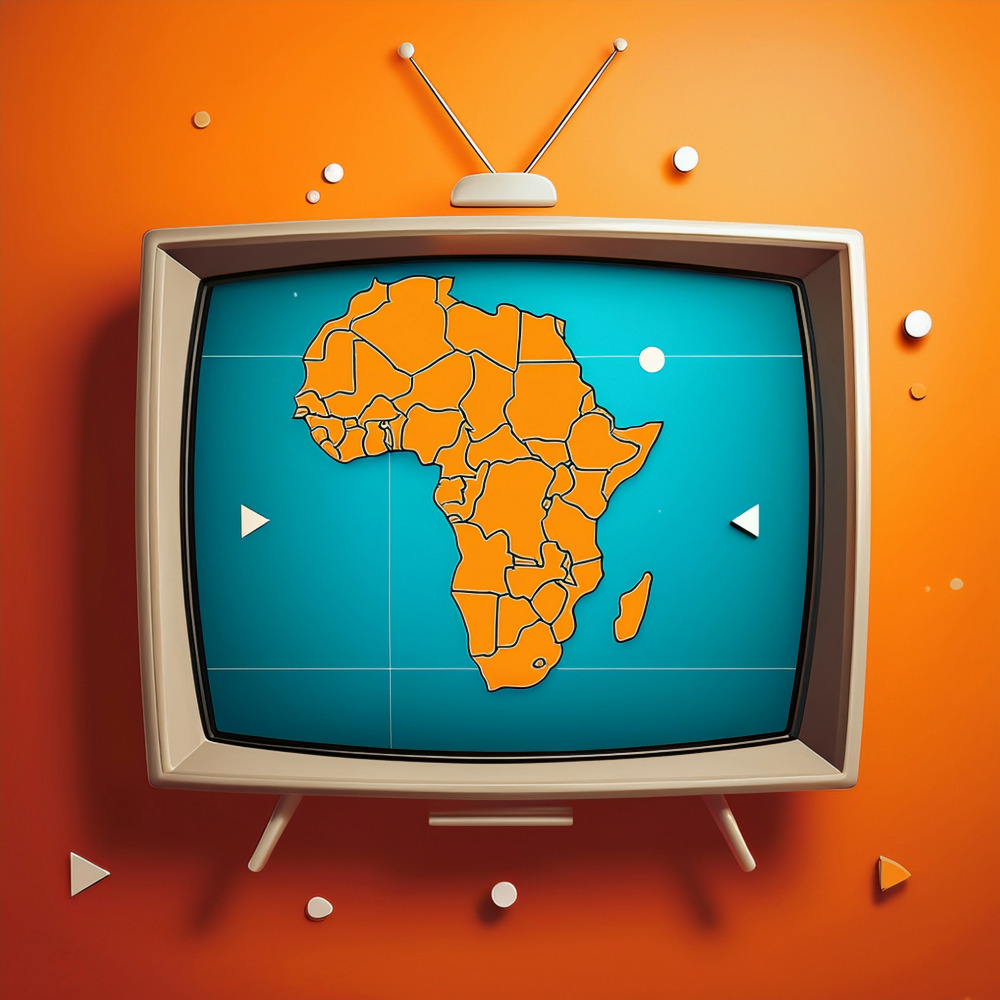
nia via inbox
Stay connected. Subscribe and get updated on what's new with Nia!

